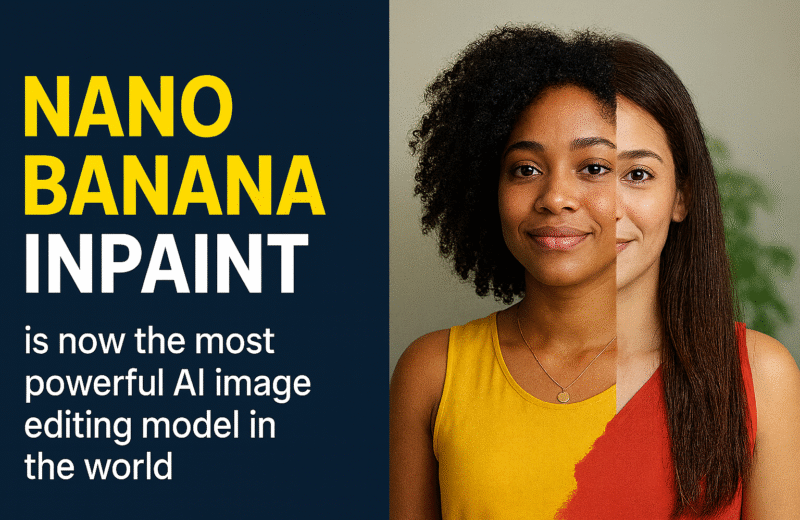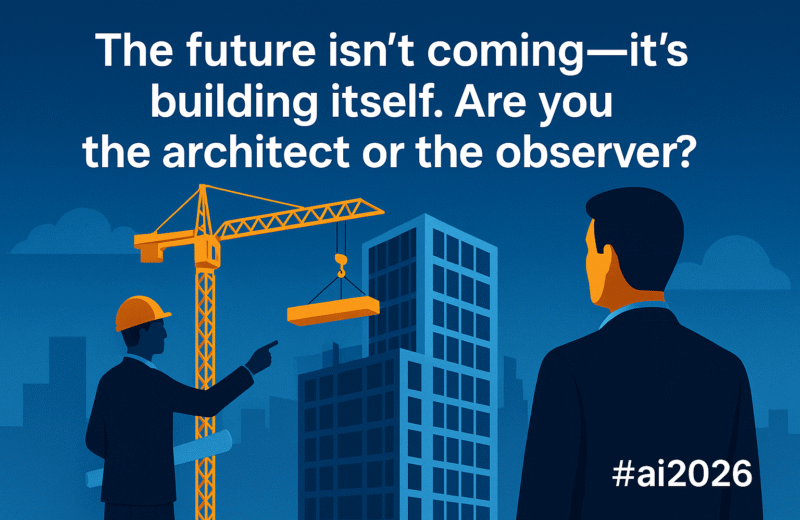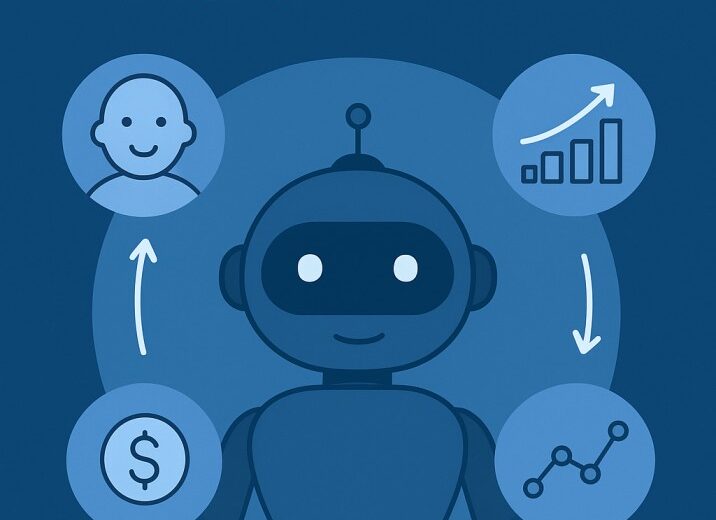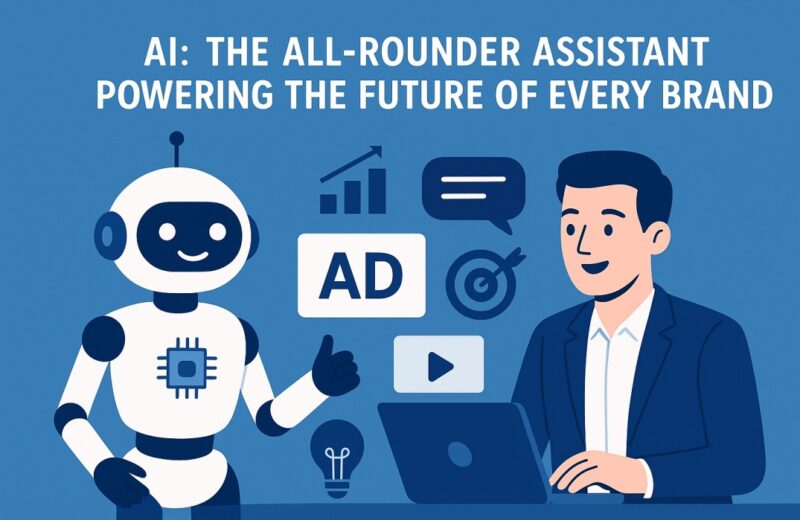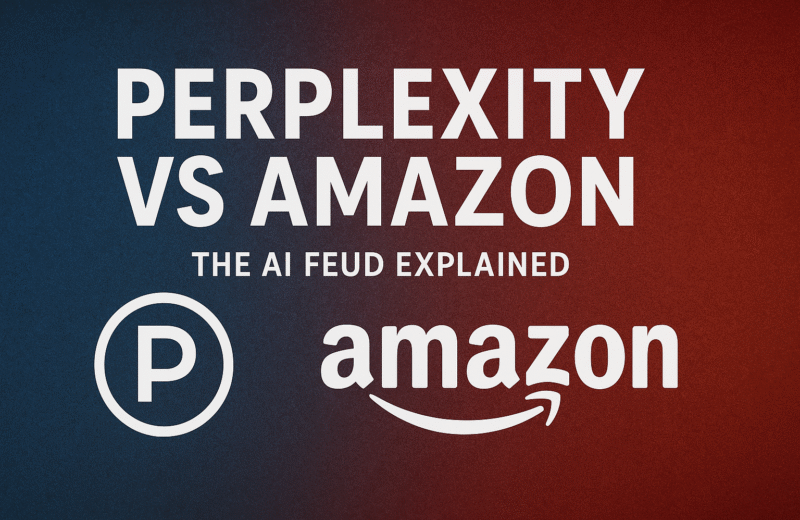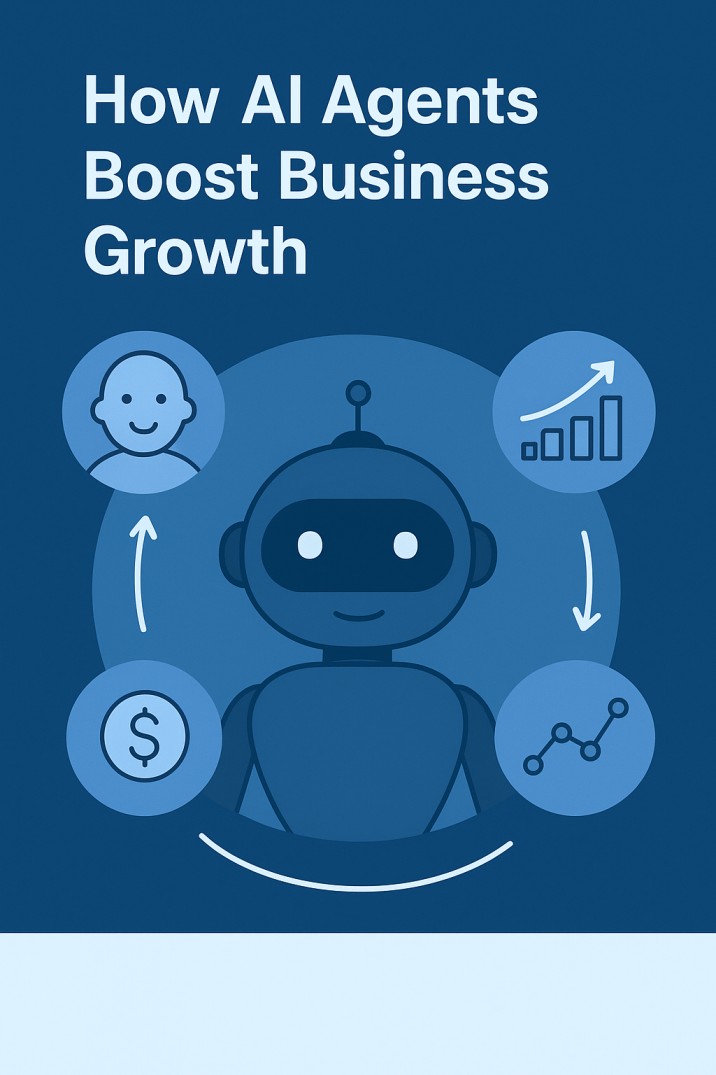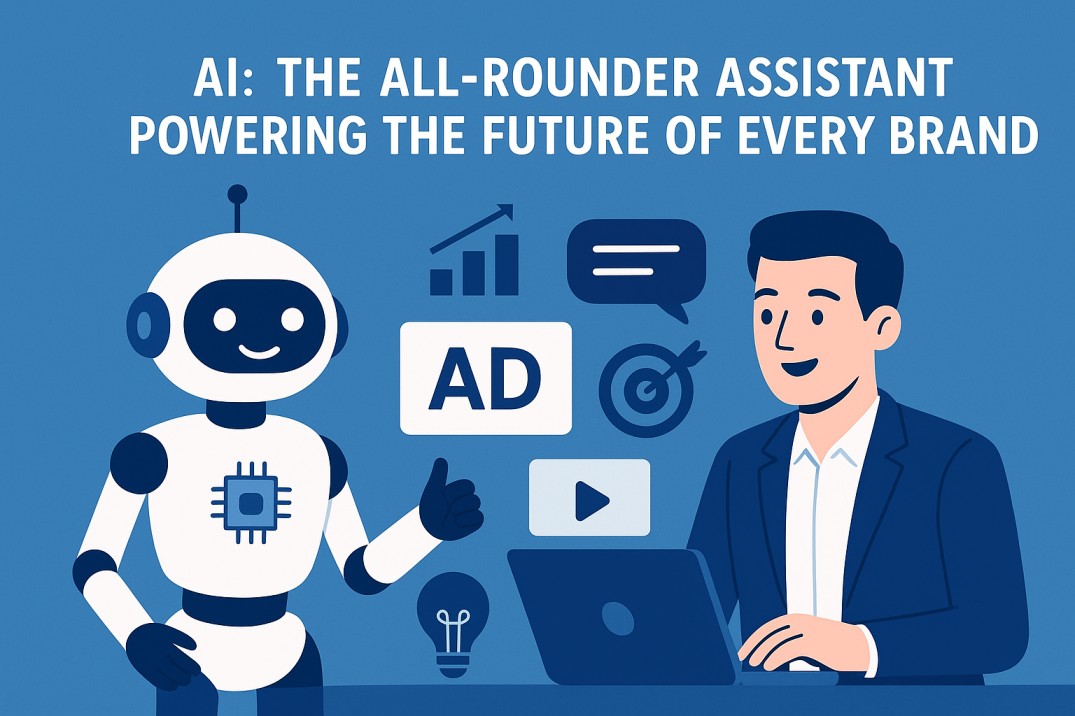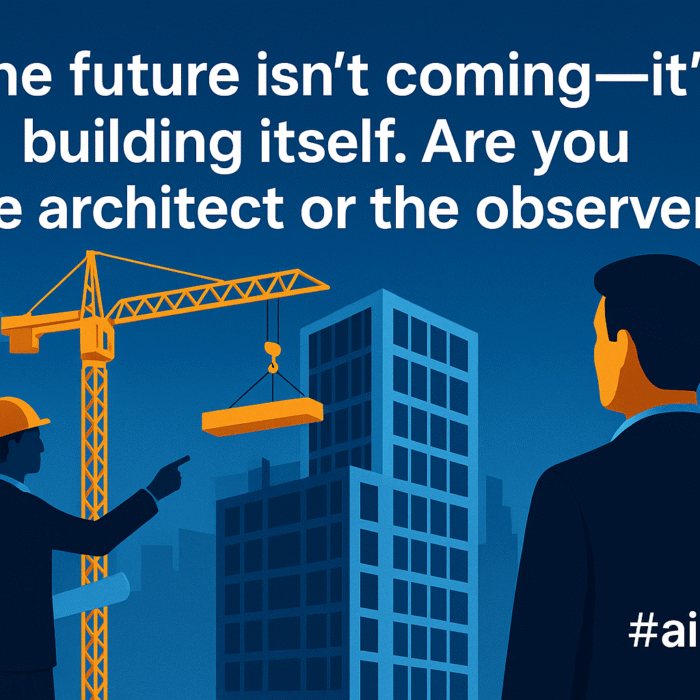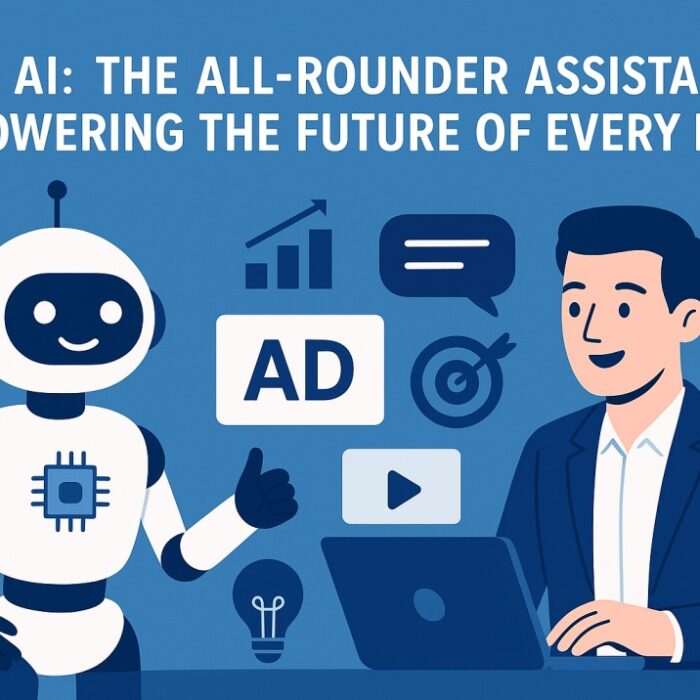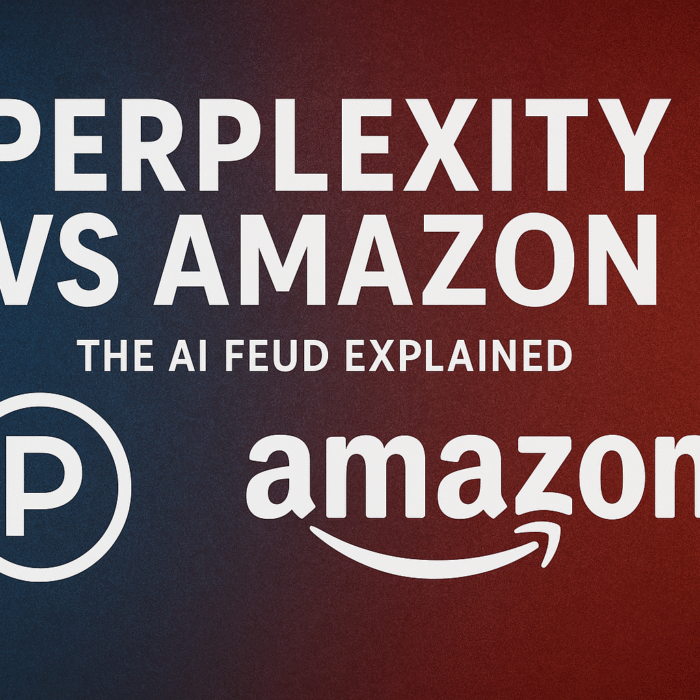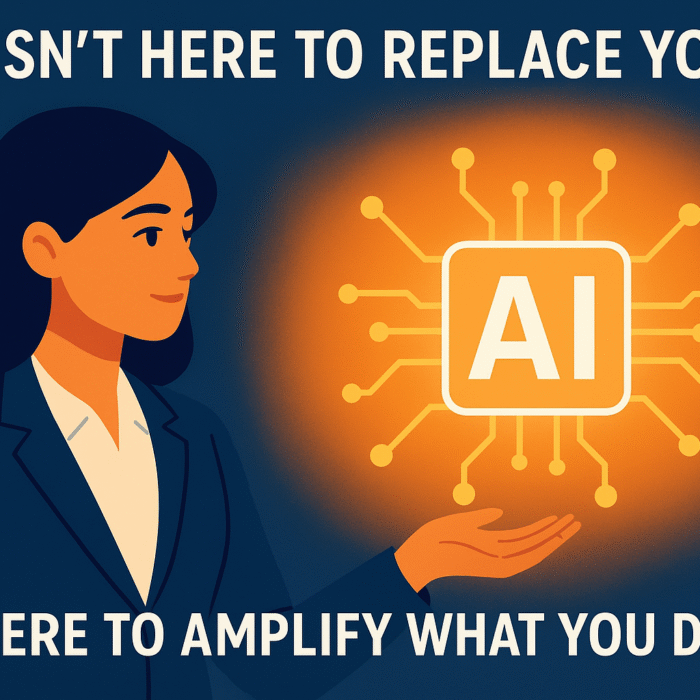Artificial Intelligence (AI) has moved far beyond experimental stages and has become the foundation of innovation across industries. From creating art and generating code to running autonomous systems and assisting in real-time decision-making, the advancement of AI in 2025 has been both rapid and disruptive.
As we approach the end of this year, AI continues to evolve in ways that are shaping how we work, communicate, and solve problems. The focus is shifting from building AI that just thinks like humans to developing AI that can collaborate with humans, safely, intelligently, and responsibly.
In this blog, we explore how AI has advanced throughout the year and what trends, tools, and technologies are worth paying attention to as we move into 2026.
1. The State of AI in 2025
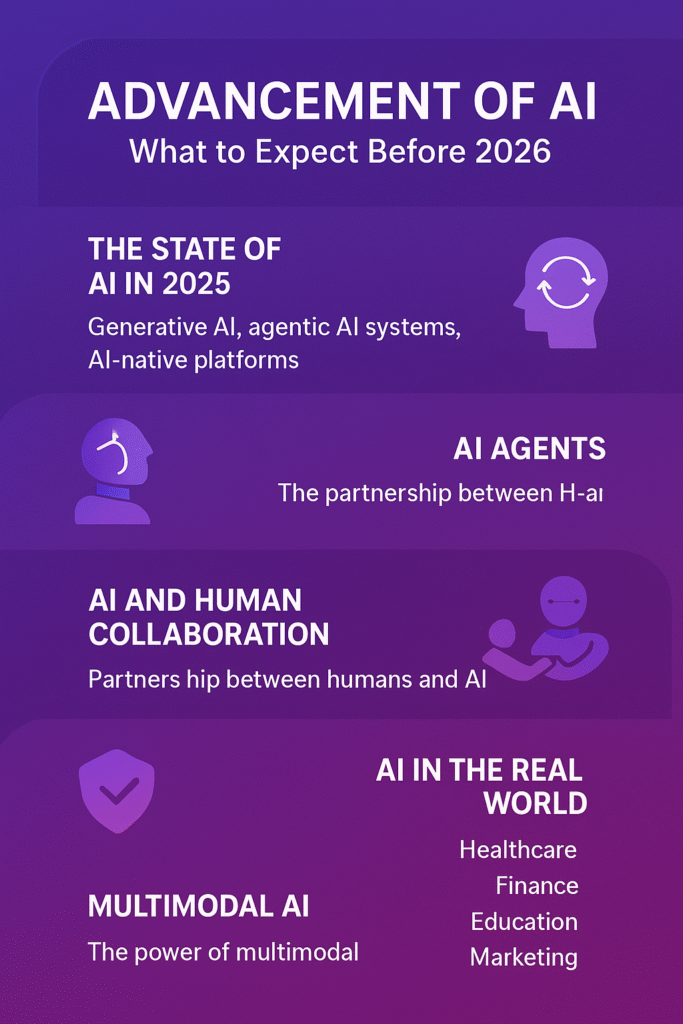
The year 2025 has been a landmark period in the journey of AI. The conversation has shifted from “what AI can do” to “how effectively and ethically it can do it.”
Generative AI models, intelligent agents, and multimodal systems have become more mainstream than ever. We’ve seen companies integrate AI into every layer of their operations, from creative design and customer engagement to enterprise automation and R&D.
Some major milestones this year include:
- Generative Intelligence Beyond Text: AI models can now create realistic videos, 3D assets, and even synthetic environments with context awareness.
- Agentic AI Systems: Instead of merely responding to prompts, AI agents are taking autonomous actions, planning, executing, and improving workflows on their own.
- AI-Native Platforms: Tools built entirely around AI instead of simply adding AI as a feature.
- Ethical and Transparent AI: Greater focus on explainability, fairness, and bias-free outcomes.
The advancement of AI is no longer measured by how smart it is, but by how integrated and useful it can become across industries.
2. Generative AI: Moving from Creativity to Utility
Early versions of generative AI fascinated people by writing poetry, generating images, or composing music. But today, the technology is being measured by its real-world application.
The biggest transformation has been in the shift from creativity to utility. Businesses now use generative AI to:
- Design marketing campaigns in real time.
- Create product prototypes within hours.
- Build websites and software using text-based instructions.
- Produce virtual environments for training and simulation.
Tools like ChatGPT, Gemini, Claude, and Meta’s Llama models have opened new frontiers in multimodal intelligence. These systems can process text, images, and voice inputs simultaneously, making AI interaction more natural and human-like.
By the end of this year, we can expect generative AI to get even more specialized. Industry-specific models are emerging, for example, AI systems trained only on legal data, healthcare research, or financial reports, to improve precision and reliability.
3. The Rise of AI Agents
If 2023 and 2024 were the years of chatbots and copilots, 2025 is undeniably the year of AI agents.
Unlike chatbots that wait for instructions, AI agents can perform complex actions autonomously. They can manage emails, schedule meetings, execute code, analyze data, and even collaborate with other agents to achieve a goal.
Companies like OpenAI, Anthropic, Microsoft, and NVIDIA are working on frameworks that allow these agents to function as digital coworkers.
Before the end of this year, expect to see:
- Workplace Agents: Assisting teams by automating repetitive digital tasks.
- Enterprise Agents: Managing end-to-end workflows, from customer service to logistics.
- Personal Agents: Acting as digital extensions of individuals, managing calendars, finances, and communication.
The advancement of AI in this domain will redefine productivity. AI won’t just help us think, it will help us do.
4. AI and Human Collaboration
A critical shift happening now is the partnership between humans and AI. Instead of replacing jobs, AI is enhancing them. The focus is now on “human-in-the-loop” systems, where AI assists while humans supervise, ensuring outcomes are accurate and ethical.
For instance:
- Designers use AI to explore hundreds of creative directions before finalizing a concept.
- Doctors use AI-powered diagnostics to make faster, more precise decisions.
- Developers use AI copilots to write and debug code efficiently.
By the end of this year, we’ll likely see organizations redefining job roles to include AI collaboration skills. People who can effectively communicate with AI systems, giving clear instructions, reviewing results, and making strategic adjustments, will be in high demand.
5. Responsible and Regulated AI
As AI grows powerful, its regulation becomes critical. 2025 has seen countries and companies take major steps toward responsible AI governance.
The European Union’s AI Act, the United States’ AI Executive Order, and various national frameworks have introduced guidelines around transparency, data protection, and algorithmic accountability.
Before this year ends, expect:
- Stricter standards for AI data usage and synthetic content labeling.
- AI transparency reports by major tech companies.
- Auditing tools that automatically test AI systems for bias, fairness, and safety.
This movement toward accountability is a sign of maturity in the advancement of AI. The future of innovation depends on building trust between AI systems and the people who use them.
6. AI in the Real World: Industries Being Transformed
AI is not just a digital tool anymore, it’s reshaping every major sector. Here are some of the biggest areas to watch before the end of this year:
a. Healthcare
AI is helping doctors predict diseases, personalize treatments, and streamline patient care.
We’re seeing breakthroughs in AI-driven drug discovery, medical imaging, and virtual patient monitoring. By 2026, healthcare AI could save billions in diagnostic costs globally.
b. Finance
Financial institutions are adopting AI for fraud detection, investment forecasting, and customer analytics. Generative AI is being used to draft financial summaries and automate compliance documentation.
c. Education
The classroom is becoming personalized. AI-based tutors adapt to a student’s learning pace, providing individual feedback and assessments. Educational institutions are also using AI to create immersive learning experiences with AR and VR.
d. Marketing and Advertising
AI is transforming creative industries by generating data-driven campaigns, analyzing audience behavior, and automating content creation. The rise of AI-first marketing platforms means brands can create, test, and optimize campaigns in hours, not weeks.
e. Manufacturing and Logistics
Predictive maintenance, robotic automation, and smart logistics are changing how goods are produced and delivered. Factories are increasingly managed by AI-powered systems that monitor performance and reduce waste.
The advancement of AI across these industries shows one clear pattern — the focus is shifting from innovation to integration.
7. The Power of Multimodal AI
Another major development this year has been multimodal AI, where systems understand and generate multiple forms of content — text, speech, image, and video — all at once.
Imagine describing a product idea in words and having the AI instantly generate 3D models, marketing visuals, and presentation slides. That’s already happening.
Multimodal models like OpenAI’s GPT-5, Google’s Gemini 2, and Anthropic’s Claude 3.5 can now process text, voice, and vision in one unified interface.
Before the end of 2025, we can expect:
- Real-time multimodal interaction for business tools and education.
- AI-generated immersive media, such as training simulations or cinematic storyboards.
- Accessibility enhancements, including AI that interprets visuals for visually impaired users.
This fusion of sensory understanding marks one of the most exciting advancements of AI yet — bringing machines closer to understanding human context naturally.
8. The Role of Edge and Cloud AI
Behind every powerful AI model is the infrastructure that runs it. The next phase of growth is in Edge AI — where computation happens closer to the user, on devices like phones, cars, and sensors, rather than relying solely on the cloud.
This means faster processing, better privacy, and lower latency. Combined with cloud-based model training, this hybrid setup is powering real-time applications such as autonomous vehicles, drones, and wearable devices.
By the year’s end, we’ll likely see more devices capable of on-device inference, allowing AI to function even without internet connectivity.
9. Preparing for 2026: What Businesses Should Focus On
As we close 2025, organizations must prepare for what’s next. Here’s what leaders should prioritize:
- Adopt AI responsibly: Implement AI with transparency and ethical guidelines.
- Invest in workforce AI training: Every employee should understand how to use AI tools efficiently.
- Experiment with agents: Automate repetitive processes to boost productivity.
- Focus on multimodal integration: Choose tools that combine text, image, and voice capabilities.
- Data quality over quantity: Build smarter models using clean, reliable datasets.
The key isn’t to chase every new AI tool, but to build a strategy that aligns innovation with real business value.
10. The Human Element in the AI Era
As much as AI advances, one thing remains constant, human creativity, judgment, and emotion. The advancement of AI is not about replacing people; it’s about empowering them.
When machines handle the mechanical tasks, humans can focus on problem-solving, strategy, and empathy — the very things that define progress.
The most successful organizations of the future will be those that blend machine intelligence with human intuition, using AI not just as a tool, but as a trusted partner in innovation.
Conclusion: The Next Leap in the Advancement of AI
The story of AI in 2025 has been about acceleration, autonomy, and alignment. We’ve witnessed models that think across modalities, agents that act independently, and frameworks that ensure accountability.
But the real advancement of AI lies in how it serves humanity, improving accessibility, sustainability, and creativity for all.
As the year draws to a close, we’re not just watching AI evolve; we’re shaping its evolution. And the next leap will depend on how we balance innovation with intention, building AI that’s not only powerful, but purposeful.






